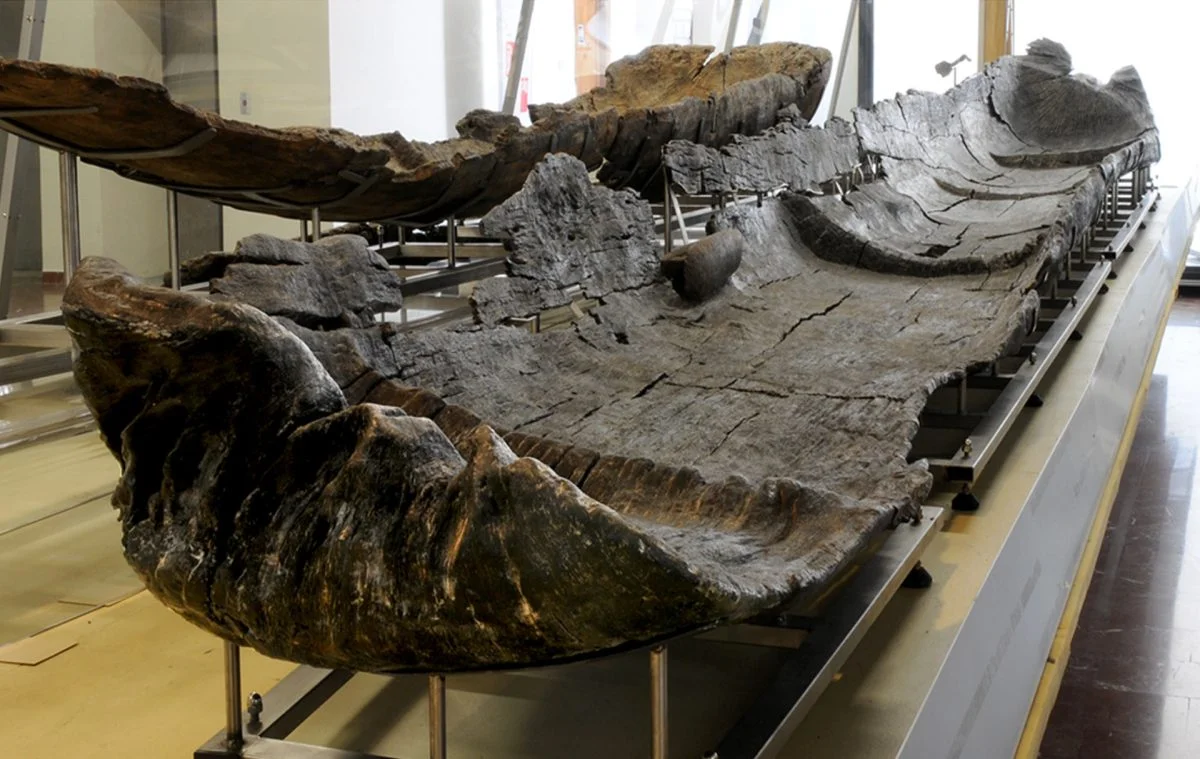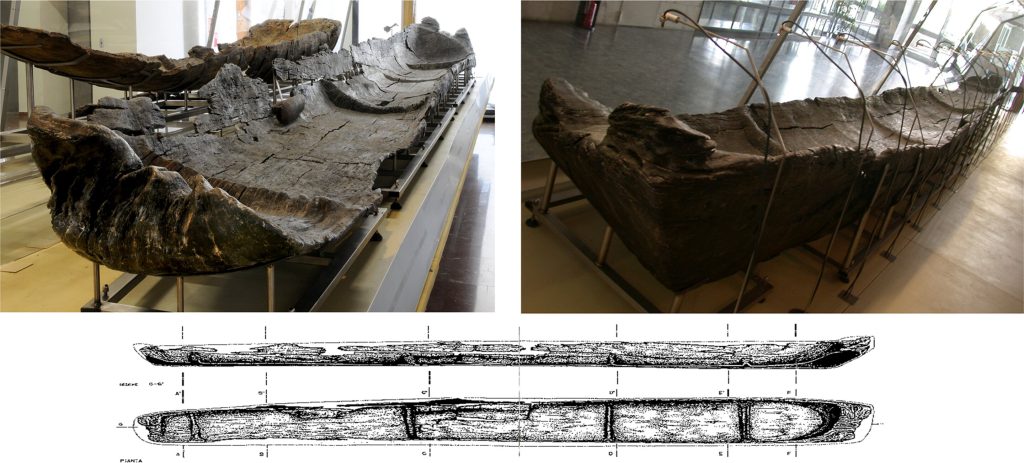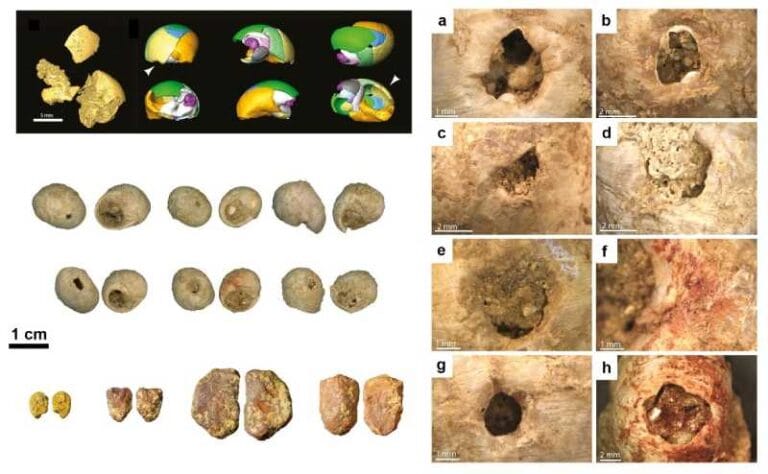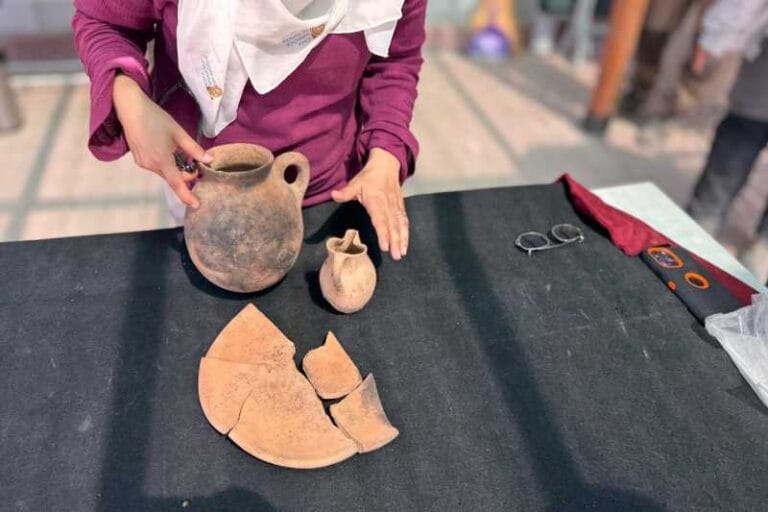7,000-year-old canoes indicate Neolithic nautical technology

The recent archaeological discovery of five canoes in Italy, remarkably advanced for their time, indicates that Neolithic people were already sailing the Mediterranean more than seven millennia ago. These vessels, dated between 5700 and 5100 BC, represent the oldest examples found in the region to date.
Published in the renowned scientific journal PLOS ONE, the study details the find in the Neolithic village of La Marmotta, located 30 kilometers northwest of Rome, on the banks of a lake. The sophistication and ingenuity of these canoes are evidence of notable progress in the art of navigation during the Neolithic period, contributing significantly to the flourishing and expansion of the great civilizations of antiquity.
The researchers point out that the spread of Neolithic culture throughout Europe occurred, to a large extent, through Mediterranean sea routes, suggesting a crucial role of navigation in the cultural diffusion of the time.
“Many of Europe’s most important civilizations originated on the shores of the Mediterranean Sea,” they write. “The Phoenicians, Greeks, Romans and Carthaginians sailed this practically closed sea to move quickly along its coasts and between its islands.”
Advertisement - Continue Reading Below
The researchers highlight that, between 9,500 and 9,000 years ago, communities from the Neolithic period had already established their presence throughout the entire length of the Mediterranean. The expansion of these communities reached the Atlantic beaches of Portugal approximately in 5400 BC, highlighting the vast area of Neolithic influence in ancient Europe.
“It is clear that the Mediterranean Sea must have been used frequently for travel, as boats allowed rapid population movements, contacts and exchange of goods,” say the authors.
Historically recognized, the Neolithic Mediterranean was a nucleus of maritime commercial activities. However, the extent of the nautical expertise of these pioneers of the sea remained uncertain until recent discoveries, which shed light on their remarkable maritime skills.
Amid doubts about the nautical ability of ancient sailors, a recent study examined five ancient canoes unearthed from a submerged archaeological site dating back 7,000 years on a lake in Italy. This analysis provides new insights into the maritime skills of Neolithic people.

In the study led by Juan F. Gibaja, a team of experts brings to light new insights into the development of maritime technology, through the analysis of canoes found in a Neolithic site on the shores of Lake La Marmotta, near Rome, Italy.
The excavations revealed five monoxyl canoes, dating from 5700 to 5100 BC, a discovery that stands out for the use of four different types of wood and advanced construction techniques, such as the implementation of transverse reinforcements.
One of the most intriguing finds is a canoe associated with three T-shaped pieces of wood, perforated in a way that suggests the attachment of ropes for sails or other marine components.
These elements, combined with previous naval reconstruction experiments, strongly suggest that these canoes were not just built to float, but were actually used for navigation, a hypothesis corroborated by the finding of stone tools at the site, which have links to nearby islands.
“These canoes are exceptional examples of prehistoric boats whose construction required a detailed understanding of structural design and wood properties, as well as well-organized skilled labor,” the researchers said.
Advertisement - Continue Reading Below
The similarities between Neolithic canoes and modern maritime technologies support the idea that the dawn of the Neolithic was marked by notable progress in the art of navigation. The experts involved in the study propose that, in the vicinity of La Marmotta, there may be more ancient vessels awaiting discovery, outlining a promising horizon for future archaeological investigations.
“Direct dating of the Neolithic canoes from La Marmotta reveals that they are the oldest in the Mediterranean, offering valuable information about Neolithic navigation,” the authors add.
The study was published online in the journal PLoS ONE.






